Martin Luther lived here as a monk in the Augustinian monastery in Erfurt from 1505 to 1511. Johann Sebastian Bach was also here to test the organ.
Augustinian hermits built the monastery around 1277. After the Reformation, the monastery became the property of the Protestant Church in 1525; it was secularised by the city of Erfurt in 1559. In 1945, parts of the monastery were destroyed in an air raid. Since 1994, the Augustinian monastery has been the official seat of the provostry of Erfurt-Nordhausen. In 1996, sisters of the Protestant community Casteller Ring moved into part of the building, which is otherwise used under the name "Protestant Augustinian Monastery of Erfurt" primarily as a conference and meeting centre that also accommodates pilgrims.
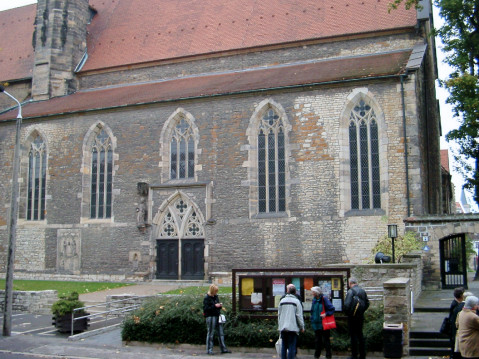
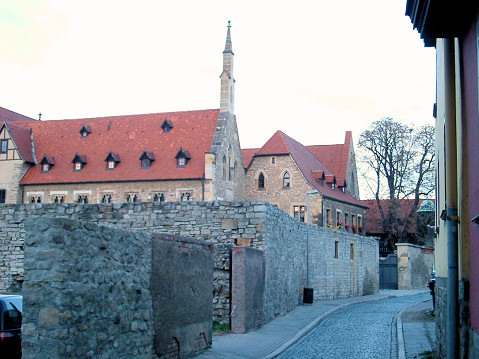
The Augustinian Monastery, rear view from Comthurgasse
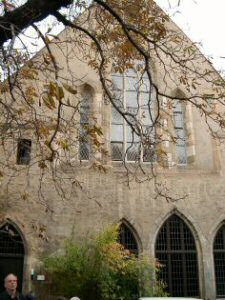
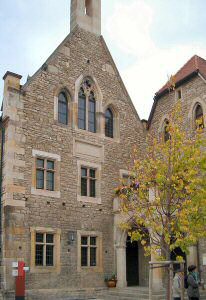
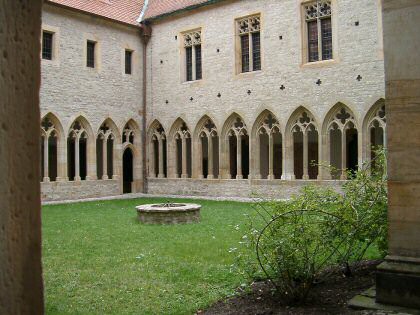
Gothic cloister
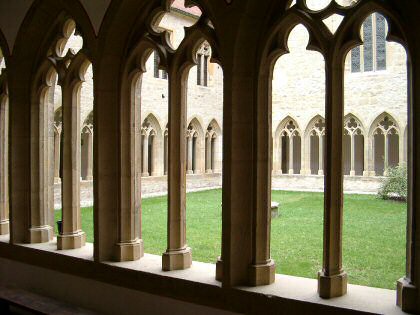
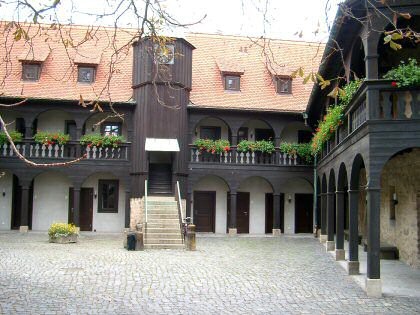
Renaissance courtyard. Here are the guest rooms and also the accommodation for pilgrims (in the basement).


The choir windows of the Augustinian Church were created between 1300 and 1320 in the symbolic language of the Middle Ages. In the lion and parrot window is the model of the Luther rose. Pairs of animals and rosettes of foliage alternate on the window. Lily and rose stand for Mary's purity, the depiction of the parrots are a call to imitate the voice of the apostles, i.e. to remain in the right faith. The vines and lions of the window in turn refer to Christ himself, the "Lion of Judah" and the fruit-bearing qualities of the vine attributed to Christ.

Martin Luther entered the order in the Augustinian monastery in Erfurt in 1505. He remained in the Erfurt monastery until autumn 1511. It was here that he received his fundamental theological imprint.
Martin Luther used the Luther rose as a seal for his correspondence from 1530 onwards. It has become the sign of Lutheran Christians all over the world.